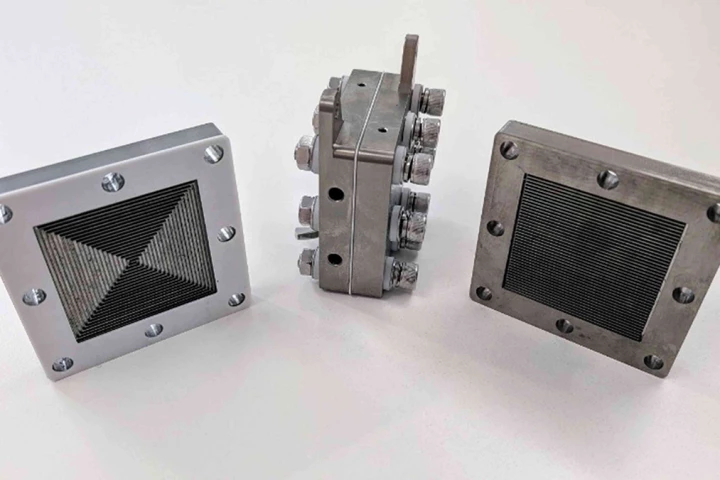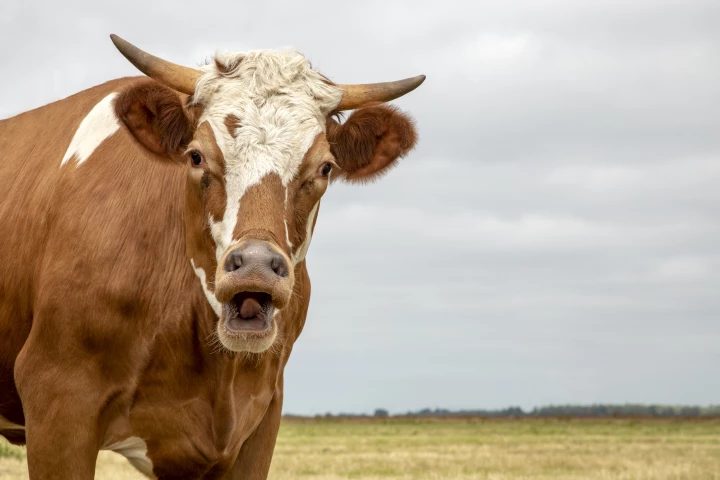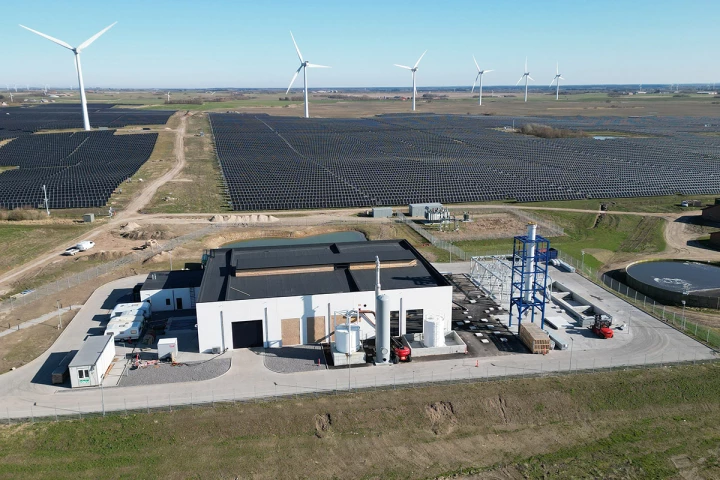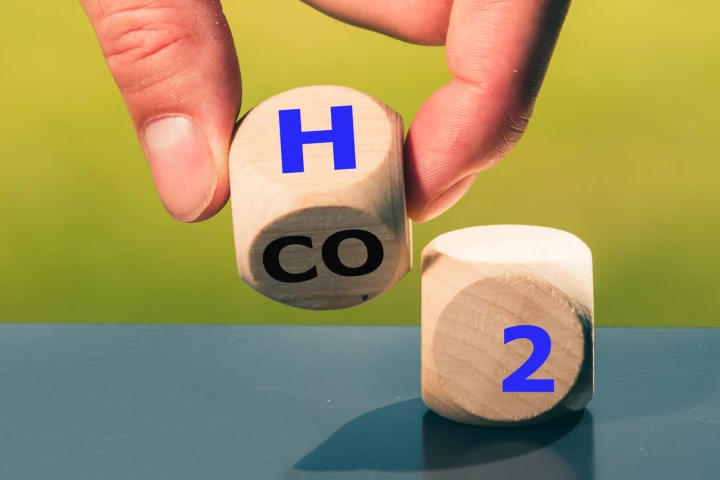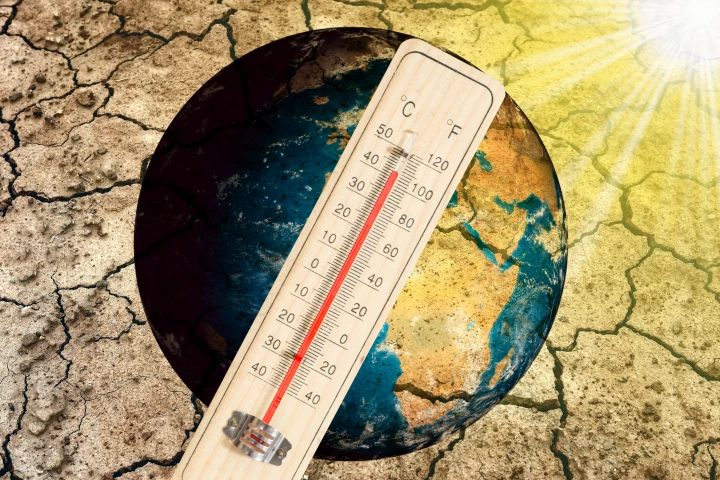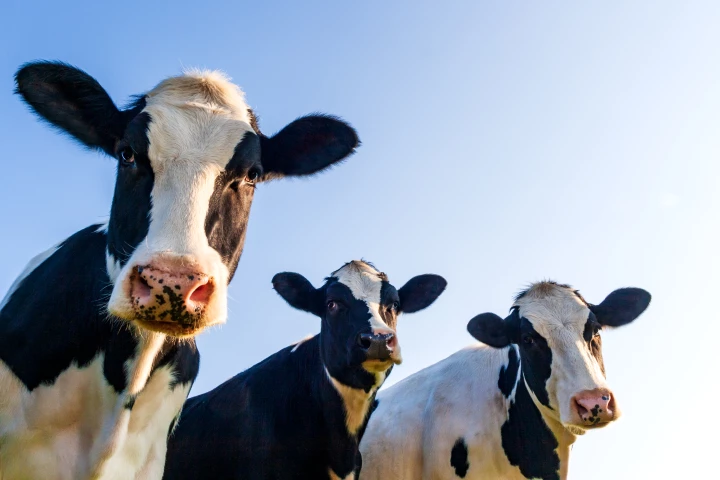Greenhouse Gas Emissions
-
Chemical engineers at the University of Sydney are using human-made lightning to produce ammonia – a key ingredient in fertilizers – from thin air and without the need for high temperatures or pressures.
-
Ammonia has enormous potential as a fuel of the future, but most current production methods make it a dirty source of energy. Yet a new method from MIT that would derive the compound using the Earth's rocks and natural heat cleans it up considerably.
-
In the latest bid to greenify ammonia production, researchers have built a portable device to cheaply produce ammonia wherever it's needed by simply using air at room temperature and standard atmospheric pressure.
-
A 3,775-year-old log discovery has lent credence to the idea of burying wood to sequester the carbon it contains. Known as a wood vault, the concept helps keep CO2 out of the atmosphere while allowing the soil to be used for crops and other purposes.
-
In case you haven't heard, the methane in cow burps is a major source of greenhouse gases. There may be a new way of addressing that problem, however, as a recent study shows that feeding cows clay reduces their methane emissions by over 30%.
-
Three Danish energy tech firms have flung open the doors to the first ever green ammonia plant in the world, which is said to be capable of producing 5,000 tons of green ammonia per year, entirely from solar and wind energy.
-
A new solution from Cambridge University could recycle both concrete and steel at the same time, by throwing old concrete into steel-recycling furnaces. If done using renewable energy, the process could make for completely carbon-zero cement.
-
According to some estimates, the generation of the heat used to produce traditional portland cement is responsible for 5% to 8% of all human-made CO2 emissions. A new substance known as C-Crete, however, is claimed to be a much greener alternative.
-
Researchers have harvested hydrogen from waste plastics using a low-emissions method. They say it not only solves environmental problems, but the value of the graphene by-product could offset the costs of producing hydrogen.
-
Coming as no surprise to the millions who sweltered through a Northern Hemisphere summer, the season that has just passed was Earth’s hottest since records began in 1880. The steamy baton is expected to now be passed on to the Southern Hemisphere.
-
Move over, cow burps. A team of scientists has shifted gears from the front to the back end of these methane-production powerhouses, using algae to curb gas emanating from their poop. It's a crap gig, but nature's best methane inhibitor is on the job.
-
The health benefits of a meat-based versus a plant-based diet are often hotly debated. A new study adds another checkmark to the plant-based column though, as it loops in the environmental impacts of choosing paleo or keto diets over veganism.
Load More
